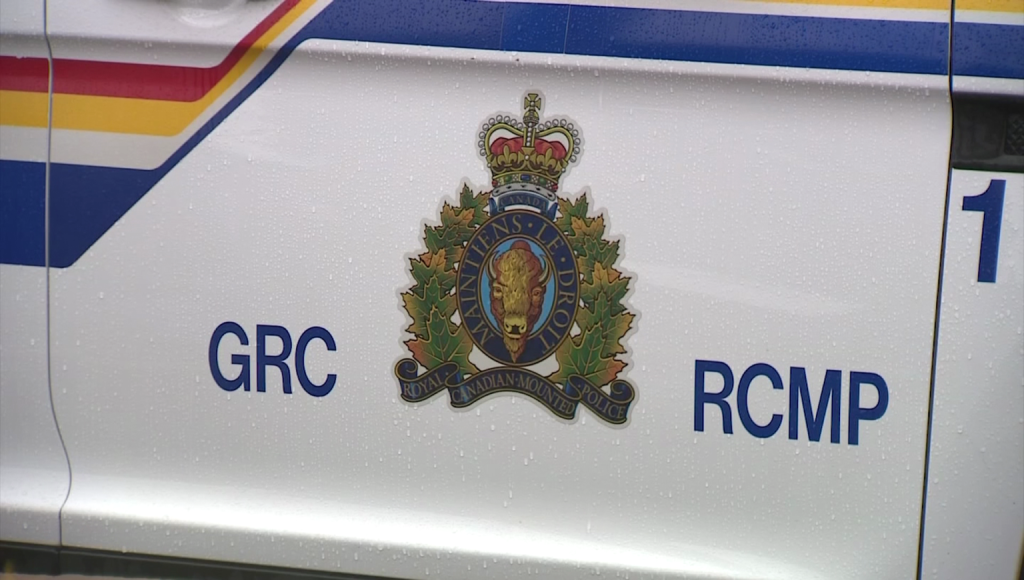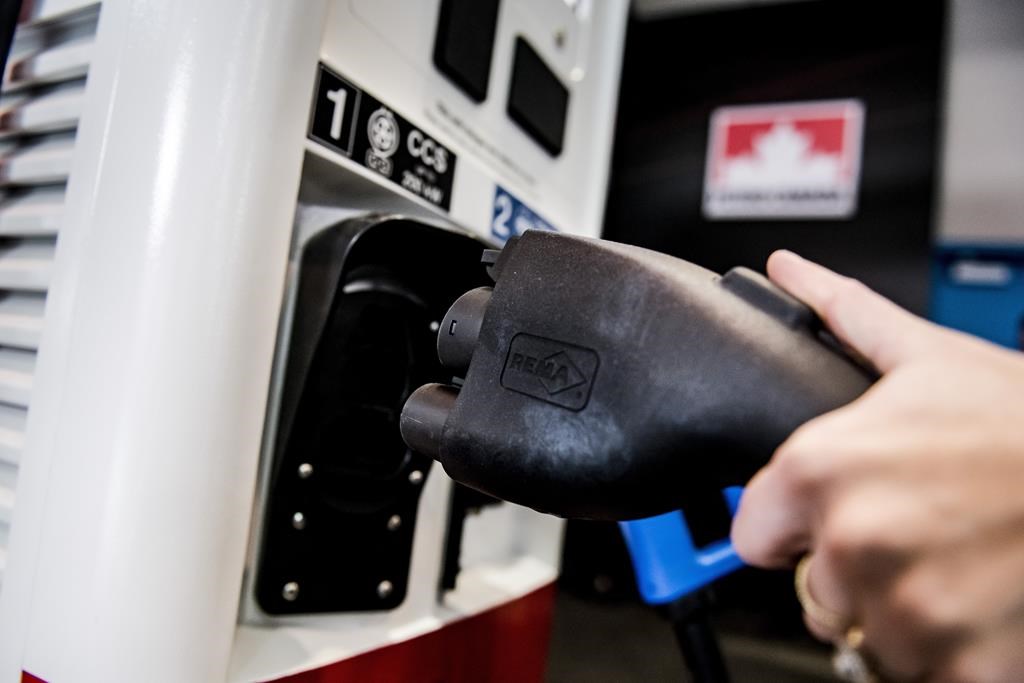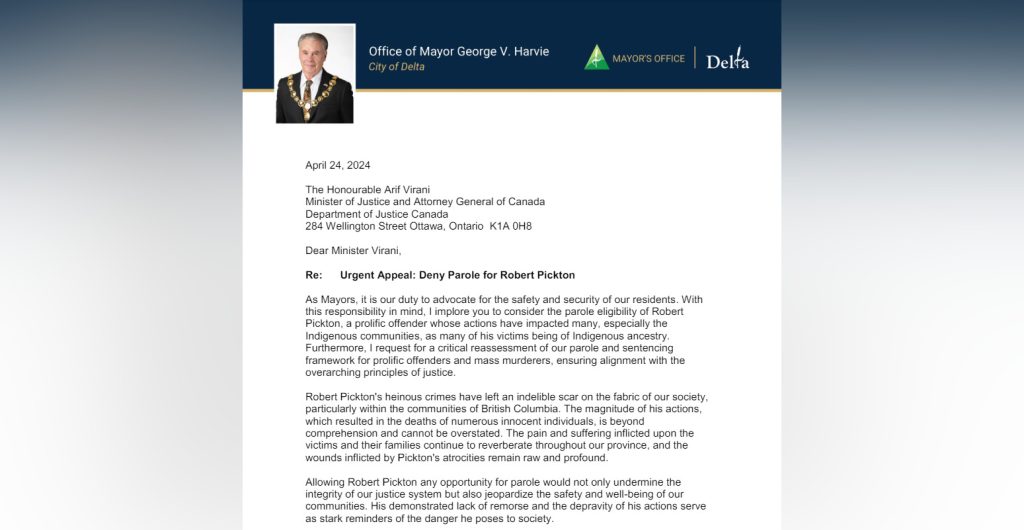Latest calf born to endangered killer whales off Vancouver Island dies
Posted July 26, 2018 11:02 am.
Last Updated July 27, 2018 7:59 am.
This article is more than 5 years old.
VANCOUVER – A female killer whale was spotted in the waters off Vancouver Island for two days this week pushing the body of her newborn calf.
Ken Balcomb, senior scientist at The Centre for Whale Research in Friday Harbour, Wash., said the southern resident whale probably knows the calf is dead but she seems reluctant to let it go.
“It’s tragic. It happens all the time, it’s just that we’re seeing this now,” he said in an interview Thursday.
The death is the latest in a series of disappointments for those hoping to see a revival of the endangered southern resident whale population. There are just 75 whales remaining in three pods.
Balcomb said the centre heard Tuesday that a new calf had been born and was swimming with its mother off Victoria’s Clover Point. He diverted a research crew to the area but by the time the team arrived, the calf was dead.
“It was just born. The fin was folded over. It had just passed from the mother’s womb when first seen. And it didn’t last very long.”
He said dolphins, and occasionally killer whales, have been know to push their dead calf for several days, holding it above the water.
Balcomb said a large percentage of killer whale calves don’t make it, but in the last three years all of the calves born to the southern residents have died.
While it’s unclear how many calves have been born in that period, Balcomb said there are 27 reproductive females and historically they could have as many as nine calves a year.
“The situation is worsening. It’s not improving.”
The mother of the dead calf, known as J-35, is in reasonably good health and doesn’t show signs of starvation, he said.
Still, he said the calf deaths show the whales aren’t getting enough of their favoured food: chinook salmon.
“So the mother isn’t in good nutritional condition when she is pregnant and also when she tries to nurse. She has to metabolize her body fat to produce milk and if she doesn’t have any body fat, she can’t produce any milk, therefore the baby can’t eat,” he said.
The Canadian government limited the chinook salmon fishery this year in an effort to help the recovery of the killer whales in the waters off B.C. and Washington state. The government also imposed a minimum distance of 200 metres for vessels to stay away from killer whales in Canadian waters.
Balcomb, who has been studying the southern residents since 1976, said he isn’t sure if the whales will recover, especially if the chinook runs don’t come back.
“There aren’t many years left of reproductive potential,” he said.
Member of Pacific Whale Watch Association says toxins and malnutrition likely to blame
Dan Kukat of SpringTide Charters out of Victoria, who’s also a member of the Pacific Whale Watch Association, was one of the lucky few who got to spot the newborn.
“It was a phenomental sight,” he says.
While we’ll never really know why the baby didn’t survive, Kukat believes it’s likely a combination of factors.
“If the mother is undernourished, she’s drawing on her fat reserves and her blubber and that’s where the toxins are stored. She could have downloaded the toxins to her baby. We know – it already has been proven – that these animals are the most toxic creatures in the ocean.”
It’s sad events like this one that elevate Kukat’s frustation.
“We – meaning taxpayers – are spending millions dollars on studies, but we haven’t spent a single dollar putting more food on the table for the whales,” he says, pointing out that southern residents eat salmon exclusively.
He’s proud he’s been part of the Sooke Chinook Enhancement Initiative, which endeavours to raise and release chinook salmon into the ocean.
“The number one priority should be salmon enhancement. We have the ability to increase salmon populations through hatcheries. That can be done fairly quickly. Our private project can be replicated and should be replicated, and should be done on a large-scale. Fishing closures aren’t the answer,” he says, referring to the closure of some chinook fishing.
Meanwhile, things aren’t as dire for the northern resident killer whales.
“If you take a look at the northern residents, it’s a growing population. There are two major differences between the northern and southern residents: the northern residents have access to more salmon, and two, they aren’t near the populated areas where toxins are an issue.”
With only 75 southern resident left, he says it’s unclear if, genetically, the population can survive.
“There is less diversity. The genetic diversity that’s required for a vibrant, healthy population is shrinking with each and every death and each and every non-birth.”
With files from Renee Bernard










